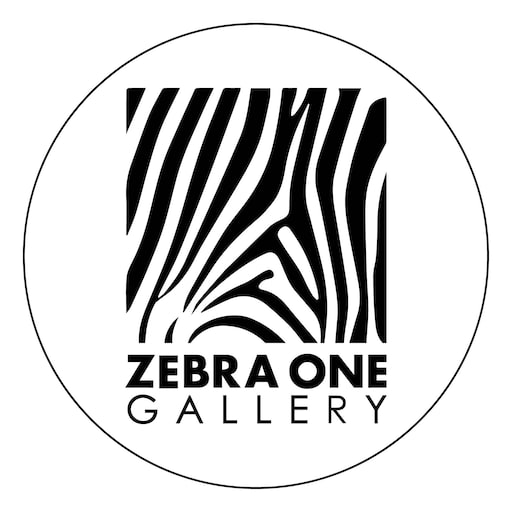As the artist picks his way along, rejecting and accepting as he goes, certain patterns of enquiry emerge.
Riley’s experiments with optical illusions continued throughout her career. In 1967 she introduced colour into her work, making her first stripe paintings. She sometimes broke from geometric forms in the 1970s to create what she termed curve paintings, in which waving lines give the impression of undulating movement. Notable examples include Gala(1974) and Entice 2 (1974). In the 1980s Riley introduced diagonal lines, creating a series she called rhomboid paintings. She also began to adapt her palette to match the pigments she saw on her travels to such countries as Egypt (Achæan [1981]) and India (Nataraja[1993]). Her work from the 21st century took on a more lyrical quality, its forms inspired by the arabesque, as in Rajasthan (2012). Riley also received a number of commissions for wall murals, a practice she began with the design for the Royal Liverpool Hospital in 1983. Such pieces include Bolt of Colour (2017), a temporary work for the Chinati Foundation, Marfa, Texas, and Messengers (2019), a permanent installation at the National Gallery, London.

